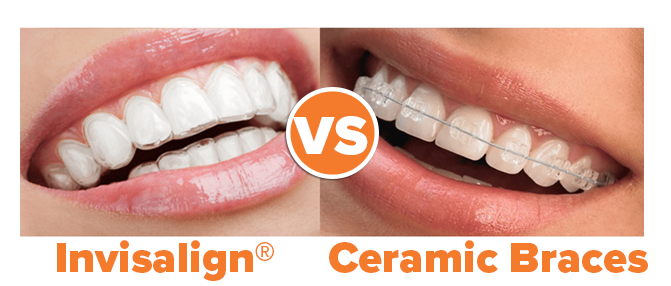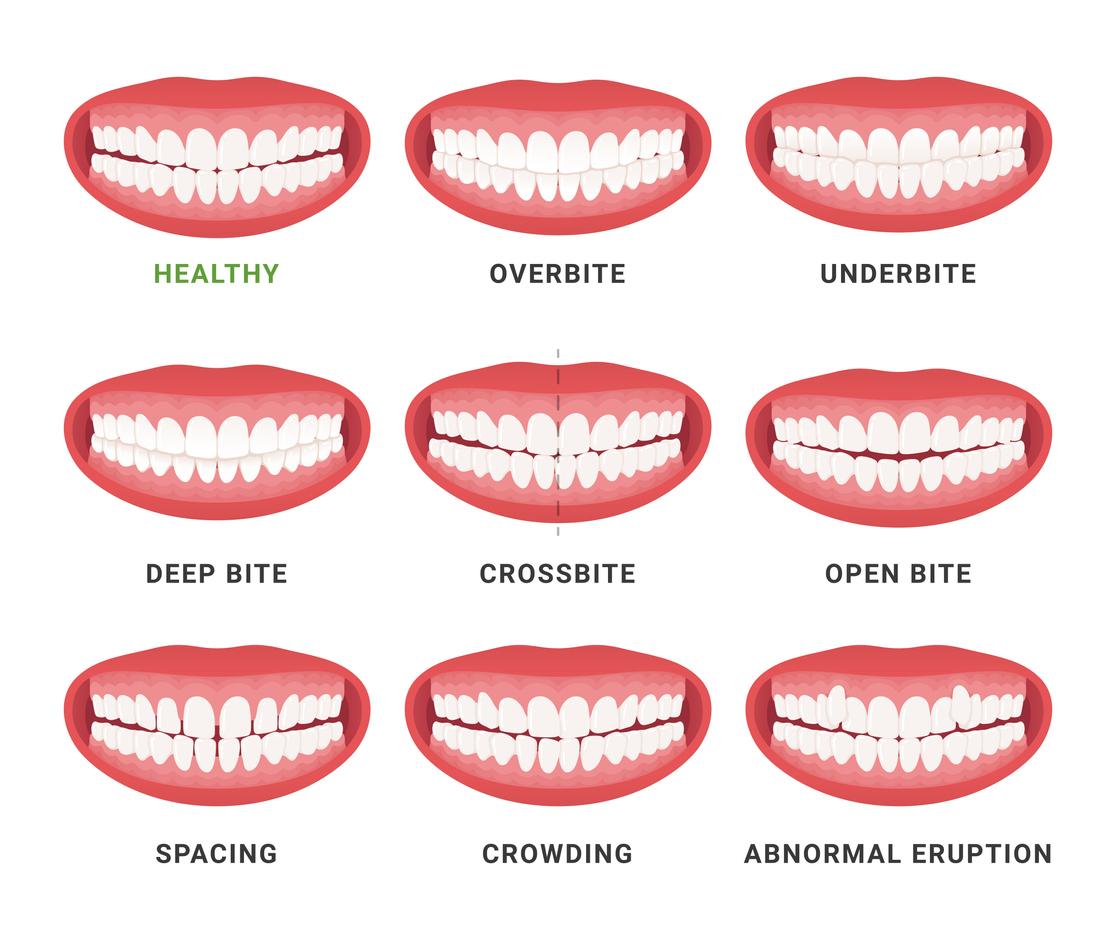Invisalign for Teens: A Modern Solution to Straightening Young Smiles
Invisalign for Teens: A Modern Solution to Straightening Young Smiles
Blog Article
Invisalign vs. Traditional Braces: Which Option Is Right for You?
When considering orthodontic therapy, the selection in between Invisalign and standard braces provides several important elements that warrant cautious analysis. Invisalign offers a very discreet choice with detachable aligners, while conventional dental braces give a much more visible yet effective remedy for severe misalignment. Each choice incorporates distinctive benefits and disadvantages connected to looks, comfort, therapy duration, and cost. Understanding these subtleties is crucial for making a notified choice that lines up with your personal preferences and way of life. The question stays: which option will ideal meet your orthodontic requirements and assumptions?
Overview of Therapy Options

In contrast, traditional braces include metal brackets and wires that are bonded to the teeth. This approach uses constant stress over time to achieve positioning. While effective for intricate orthodontic concerns, standard dental braces need routine check outs for changes and can posture challenges in preserving dental hygiene as a result of the difficulty of cleaning around cords and brackets.
Both options have their benefits, and the selection usually depends upon details oral conditions, lifestyle choices, and patient compliance. Inevitably, seeking advice from an orthodontic specialist is crucial for figuring out one of the most suitable treatment plan customized to private needs. Understanding the subtleties of each option can dramatically affect the general success of orthodontic therapy.
Aesthetic Considerations
A considerable factor influencing the option in between Invisalign and conventional braces is the visual appeal each treatment offers. Invisalign aligners are crafted from clear plastic, making them essentially invisible when worn.
In comparison, conventional dental braces consist of metal brackets and cables, which can be much more visible. While innovations in orthodontic modern technology have actually brought about the growth of smaller sized brackets and colored elastics, traditional dental braces still preserve an even more obvious account. For some people, the presence of dental braces may deter them from seeking necessary therapy.
Eventually, the choice in between Invisalign and standard dental braces might rest on individual preferences regarding looks. Individuals who focus on discretion usually lean towards Invisalign, while those who are much less concerned about presence may go with conventional dental braces. Understanding the visual effects of each alternative is essential for making an informed decision that aligns with one's way of living and preferences.
Convenience and Convenience

In terms of benefit, Invisalign aligners are detachable, making it possible for people to appreciate their preferred foods without limitation and maintain ideal oral health. Brushing and flossing are simplified, as the aligners you can try here can be secured throughout these regimens, whereas conventional dental braces call for mindful maneuvering around braces and cables.
In addition, Invisalign's progressive system permits less orthodontic gos to. Individuals typically obtain several collections of aligners at the same time, which can enhance the therapy procedure and lower time invested in the orthodontist's chair. On the other hand, typical dental braces necessitate routine changes, making them much less practical for those with busy schedules. Invisalign. On the whole, the convenience and ease of Invisalign make it an appealing option for many people seeking orthodontic treatment.
Therapy Period and Efficiency
While both Invisalign and typical dental braces are reliable in fixing dental imbalances, the period of therapy can vary substantially in between the two alternatives. Generally, Invisalign treatment can take anywhere from 12 to 18 months, relying on the complexity of the situation. The clear aligners function by gradually changing teeth into their desired positions, and normal follow-ups with an orthodontist assistance ensure progression continues to be on course.
On the other hand, conventional dental braces often call for a longer commitment, usually ranging from 18 months to three years. This is due to their fixed nature and using braces and cords, which can be more efficient for extreme misalignments and intricate cases (Invisalign). The therapy efficiency of conventional Get More Info braces is well-documented, as they permit for specific changes and greater control over tooth activity
Inevitably, the option between Invisalign and standard dental braces might depend upon both the expected treatment duration and the details dental issues available. Consulting with an orthodontist is crucial, as they can give customized suggestions based upon private demands, making sure the selected approach straightens with desired durations and outcomes.
Price Comparison and Insurance Options
Cost plays a significant duty in the decision-making process for people considering orthodontic therapy, whether choosing Invisalign or traditional braces. On standard, the expense of Invisalign ranges from $3,000 to $8,000, while conventional dental braces commonly set you back in between $2,000 and $6,000. Aspects affecting these prices consist of the blog here intricacy of the case, the duration of therapy, and geographical location.
Numerous oral insurance coverage plans provide partial insurance coverage for orthodontic treatments, yet the specifics can vary extensively. Generally, conventional braces might be a lot more often covered by insurance policy plans contrasted to Invisalign, which some insurers classify as an aesthetic procedure.
Additionally, several orthodontic methods provide adaptable layaway plan, making both therapy alternatives extra accessible. Clients must ask regarding prospective financing alternatives and discount rates for ahead of time payments. Reviewing the total expense, consisting of insurance coverage advantages and layaway plan, is important for making an informed choice that lines up with both visual preferences and spending plan considerations.

Conclusion
In recap, the choice in between Invisalign and typical dental braces rests on several factors, including aesthetic choices, comfort, therapy period, and price. Invisalign supplies a discreet, detachable alternative that helps with dental hygiene and dietary versatility, while conventional braces may be better for complex dental issues and typically come at a lower rate factor. Inevitably, consultation with an orthodontist is vital to analyze specific conditions and identify one of the most proper therapy choice for accomplishing optimal oral alignment.
When considering orthodontic treatment, the selection between Invisalign and standard dental braces provides several crucial factors that warrant careful analysis.Contrasting Invisalign and standard dental braces reveals distinctive therapy alternatives for orthodontic improvement.While both Invisalign and typical dental braces are effective in correcting dental imbalances, the duration of therapy can vary considerably between the 2 alternatives.Cost plays a significant function in the decision-making process for individuals thinking about orthodontic treatment, whether deciding for Invisalign or conventional braces.In summary, the option in between Invisalign and conventional braces hinges on several factors, including visual preferences, convenience, treatment period, and price.
Report this page